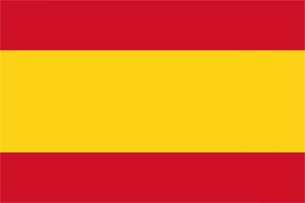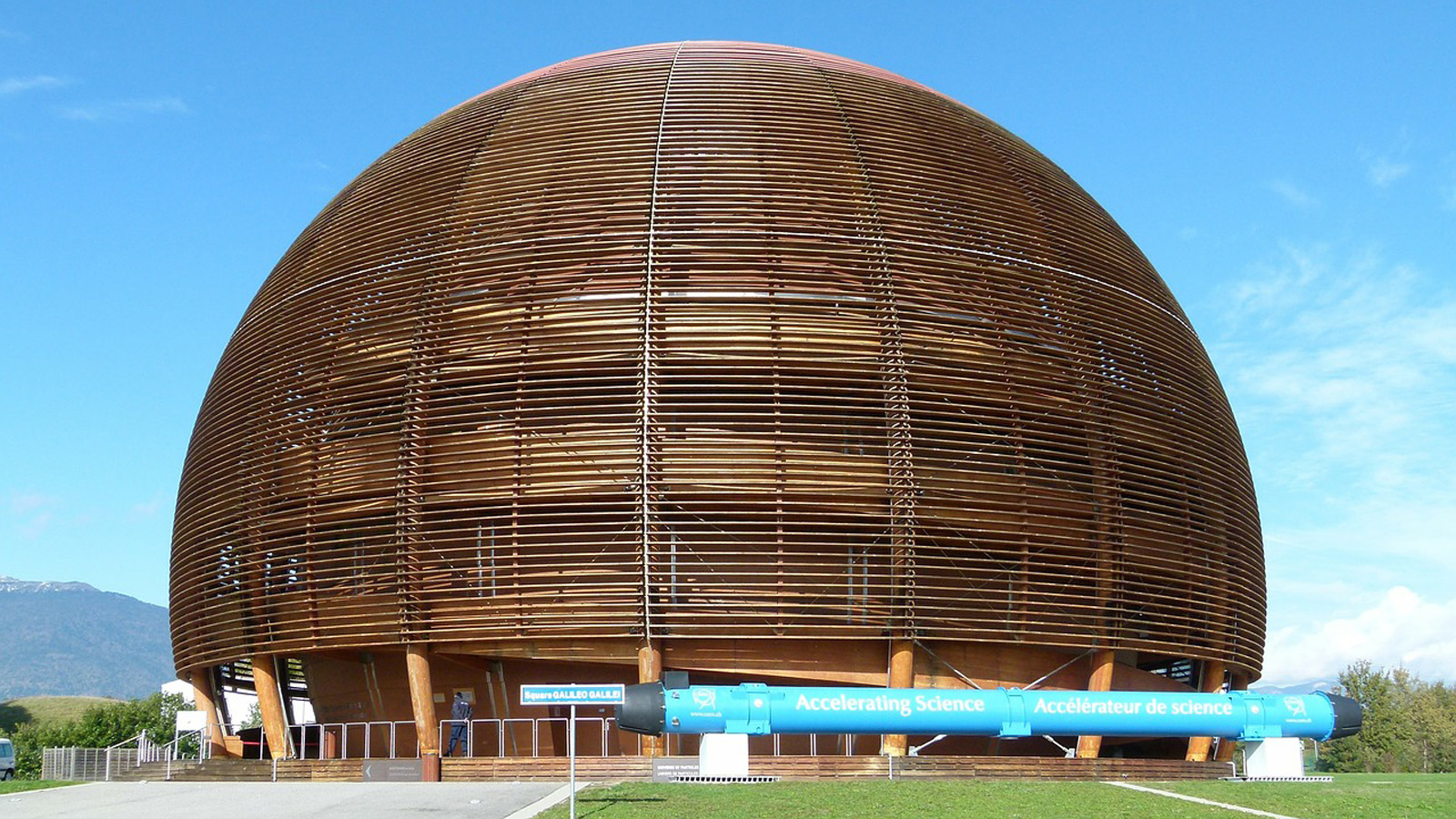Taking a closer look at LHC
(The structure of CERN for the period 2026-2030 is indicated at the bottom of this page)
The CERN Council is the highest authority of the Organization and has responsibility for all-important decisions. It controls CERN’s activities in scientific, technical and administrative matters. It approves programmes of activity, adopts the budgets and reviews expenditure. The Council is assisted by the Scientific Policy Committee and the Finance Committee. The Director-General, appointed by the Council, manages the CERN Laboratory. The Director-General is assisted by a directorate and runs the Laboratory through a structure of departments.
CERN is run by 24 Member States, each of which has two official delegates to the CERN Council. One represents his or her government’s administration; the other represents national scientific interests. Each Member State has a single vote and most decisions require a simple majority, although in practice the Council aims for a consensus as close as possible to unanimity.
Director-General
- International relations
- Communication
- Council Secretariat
- Directorate's office
- EU projects office
- HSE Unit: Occupational health and safety and environmental protectiont
- Host states relations
- Internal audit
- Knowledge and technology transfer
- Legal service
- Resources planning and control
- Translation and minutes service
- VIP office
Administration and general infrastructure
Research and scientific computing
Accelerators and technology
Taken from CERN's structure
---------------------------------------------------------------------------------
CERN Directors for 2026–2030
Director for Accelerators and Technology: Oliver Brüning.
It is composed of four departments: Beams (BE), Engineering (EN), Accelerator Systems (SY) and Technology (TE).
Director for Research and Computing: Gautier Hamel de Monchenault. Consists of three departments of Experimental Physics (EP), Information Technology (IT) and Theoretical Physics (TH).
Director for Stakeholder Relations: Ursula Bassler.
The sector is composed of groups rather than departments, with activities aligned with the Organization’s goals.
Director for Finance and Human Resources: Jan-Paul Brouwer.
Consists three departments: Finance and Administrative Processes (FAP), Human Resources (HR) and Industry, Procurement and Knowledge Transfer (IPT).
Director for Site Operations: Mar Capeans.
Site Operations (SO) includes three departments, Site and Civil Engineering (SCE) and a new Operational Excellence (OE) department that brings together cross-organisational activities, such as Business Continuity, organisation-wide Continuous Improvement, Corporate Risk and Crisis Management. The Site Operations sector also host the Health, Safety and Environmental Protection (HSE) department. The HSE Department Head continue to report directly to the Director General.
Chief Information Officer (CIO): Enrica Porcari.
This covers areas such as cybersecurity, data privacy and cross-organisational initiatives such as artificial intelligence (AI) and relevant external partnerships.
(*) For the bibliography used when writing this Section please go to the References Section
|
AUTHORS Xabier Cid Vidal, PhD in experimental Particle Physics for Santiago University (USC). Research Fellow in experimental Particle Physics at CERN from January 2013 to Decembre 2015. He was until 2022 linked to the Department of Particle Physics of the USC as a "Juan de La Cierva", "Ramon y Cajal" fellow (Spanish Postdoctoral Senior Grants), and Associate Professor. Since 2023 is Senior Lecturer in that Department.(ORCID). Ramon Cid Manzano, until his retirement in 2020 was secondary school Physics Teacher at IES de SAR (Santiago - Spain), and part-time Lecturer (Profesor Asociado) in Faculty of Education at the University of Santiago (Spain). He has a Degree in Physics and a Degree in Chemistry, and he is PhD for Santiago University (USC) (ORCID). |
CERN CERN Experimental Physics Department CERN and the Environment |
LHC |
IMPORTANT NOTICE
For the bibliography used when writing this Section please go to the References Section
© Xabier Cid Vidal & Ramon Cid - rcid@lhc-closer.es | SANTIAGO (SPAIN) |



